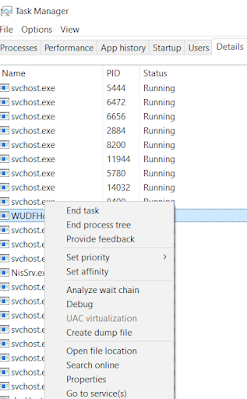Unveiling the Magic of C++ Placement New: A Guide for Students
Introduction:
Welcome, future programmers! Today, we are diving into the fascinating world of C++ and uncovering the magic behind "Placement new." If you're a student eager to level up your programming skills, this blog post is tailored just for you.
Understanding the Basics:
Before
we delve into the wonders of placement new, let's quickly recap what new and
delete operators do in C++. They are used to dynamically allocate and
deallocate memory, respectively.
//
Dynamic memory allocation with new
int
dynamicInteger = new int;
//
Dont forget to free up the memory when youre done
delete
dynamicInteger;
Now,
lets add some magic to this process!
Enter Placement New:
Placement
new is like the secret sauce in C++ programming. It allows you to allocate
memory at a specific location, giving you more control over where your objects
reside in memory. This is especially handy in scenarios like hardware
interaction and memory-mapped devices.
Syntax of Placement New:
void
operator new (std::size_t size, void ptr);
The
placement new syntax might look a bit intimidating at first, but fear not! Lets
break it down:
-
`void`: It indicates that placement new returns a pointer to void, which means
you can use it for any data type.
-
`operator new`: This is the keyword that signifies memory allocation.
-
`std::size_t size`: The size of the memory block you want to allocate.
-
`void ptr`: The specific location where you want to place your object.
Check this video out on placement new:
Code Example:
#include
<iostream>
class
Student {
public:
Student(int id, const char name) : id(id), name(name) {}
void display() const {
std::cout << "ID: " << id <<
", Name: " << name << std::endl;
}
private:
int id;
const char name;
};
int
main() {
// Allocate memory at a specific location using placement new
void memoryBlock = operator new(sizeof(Student));
// Create a Student object in the allocated memory
Student studentPtr = new (memoryBlock) Student(101, "John
Doe");
// Use the object
studentPtr->display();
// Dont forget to manually call the destructor
studentPtr->~Student();
// Release the allocated memory
operator delete(memoryBlock);
return 0;
}
Why Use Placement New?
1.
Control Over Memory Location: With placement new, you can decide exactly where
your objects are placed in memory.
2.
Hardware Interaction: Useful when dealing with hardware registers or
memory-mapped devices where memory locations are critical.
3.
Optimizing Performance: By carefully managing memory placement, you can
optimize the performance of your code.
Conclusion:
And
there you have it, future coding wizards! Placement new is a powerful tool in
your C++ arsenal, offering you more control over memory allocation. Experiment
with it, apply it to your projects, and witness the magic unfold.
Happy
coding! 🚀

Comments
Post a Comment